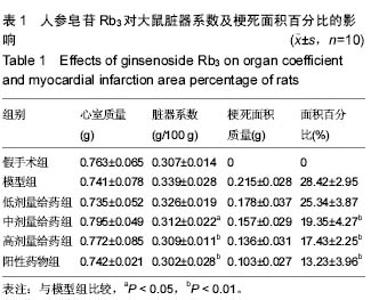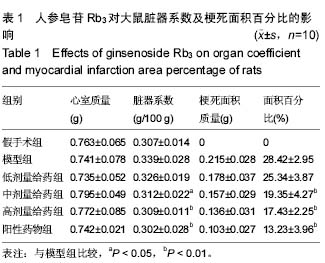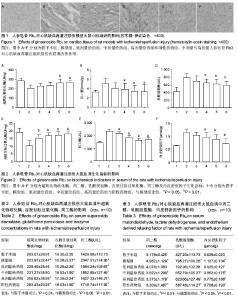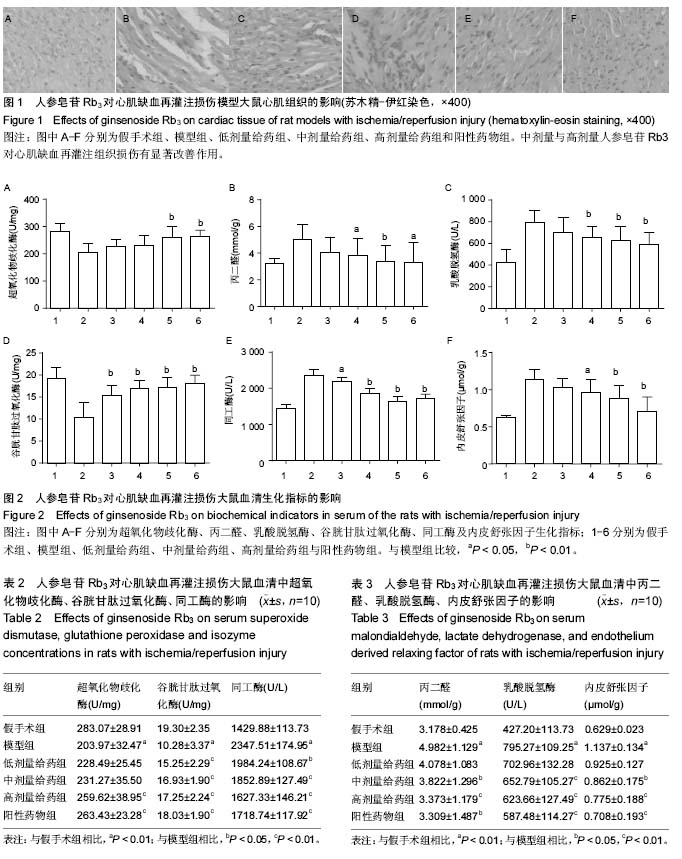| [1] 黎阳,张铁军,刘素香,等.人参化学成分和药理研究进展[J].中草药,2009,40(1):164-166.
[2] 霍记平,黄凯,李新刚,等.人参皂苷对心血管疾病的药理作用和药代动力学特征[J].药品评价,2014,11(18):11-15.
[3] 安美花,安金花.人参研究进展[J].宁夏农林科技,2010, 53(6):79-80.
[4] 房娟,刘馨,陈艳,等.人参皂苷抗肺癌及其他肿瘤的实验研究进展[J].现代肿瘤医学,2012,20(8):1740-1742.
[5] 宋志赟,朱成琳,师方园,等.人参皂苷Re体外抗氧化能力及其对血清剥夺神经细胞作用的研究[J].中国实验方剂学杂志,2012,18(7):225-228.
[6] 王海南.人参皂苷药理研究进展[J].中国临床药理学与治疗学,2006,11(11):1201-1206.
[7] 张儒,张变玲,赵勇,等.人参根中黄酮类化合物提取及其抗氧化性研究[J].中成药,2012,34(10):1896-1900.
[8] 佟鹤芳,薛健,童燕玲,等.人参和西洋参特有挥发性成分鉴别[J].中国实验方剂学杂志,2013,21(19):120-122.
[9] 白雪媛,赵雨,刘海龙,等.不同品种和年限人参中糖类含量比较研究[J].安徽农业科学,2012,40(1):152-153.
[10] 刘婷婷,刘鸿铖,樊红秀,等.人参脂溶性成分提取工艺优化及其GC-MS分析[J].食品工业科技,2014,35(9):239-243.
[11] 吴永革,金春生,李惟.人参中蛋白质的分离纯化[J].吉林大学自然科学学报,1999,45(2):106.
[12] 张儒,张变玲,赵勇,等.人参根中黄酮类化合物提取及其抗氧化性研究[J].中成药,2012,34(10):1896-1900.
[13] 魏爱书,赵锐.人参挥发油的研究进展[J].人参研究,2010, 22(2):39-41.
[14] 王晓敏.人参多糖药理活性研究进展[J].中国社区医师, 2014,30(8):10-12.
[15] 张贵明,赵余庆.人参二醇的现代药学与生物活性研究进展[J].中国现代中药,2008,10(10):8-10, 33.
[16] 唐伟卓,赵余庆.原人参三醇及其衍生物的药学及其生物活性的研究进展[J].人参研究,2010,22(3):20-26.
[17] 李学龙.人参二醇类皂苷Rg3制备的研究:[D].大连:大连工业大学,2010.
[18] 唐斌,程绪菊,刘江,等.人参皂苷药理作用研究进展[J].西南军医,2005,7(3):45-47.
[19] 蔡晓月,赵英强.人参治疗心血管疾病的药理学研究[J].长春中医药大学学报,2012,28(1):158-159.
[20] 孙文娟,刘洁,曲少春,等.人参皂苷Rg_2对兔戊巴比妥钠心力衰竭的影响[J].中国现代应用药学,2004,21(6): 447-450.
[21] 陆文娟,周婧,马宏跃,等.黄芪甲苷、人参总皂苷和西洋参总皂苷对蟾酥致小鼠心律失常的影响[J].南京中医药大学学报,2012,28(1):61-64.
[22] 王强,莫雪梅,杨小英,等.人参皂甙治疗心血管疾病的现代研究进展[J].心血管病学进展,2006,27(3):325-327.
[23] 刘正湘,刘晓春.人参皂甙Rb_1与Re对大鼠缺血再灌注心肌细胞凋亡的影响[J].中国组织化学与细胞化学杂志, 2002,11(4):374-377.
[24] 孙晓霞,夏映红,钟国赣.人参皂甙单体Rb1对大鼠在体心脏收缩性能的影响[J].长春中医学院学报,2003,19(1):43.
[25] 王凤,周亚滨.人参皂苷Rb3的药理研究进展[J].中医药学报,2012,40(1):93-95.
[26] 张宏伟,孙伟伦,李凤,等.人参皂苷Rb3对大鼠实验性脑缺血的保护作用[J].人参研究,2013,25(3):2-5.
[27] 崔秀明,徐珞珊,王强.人参皂苷Rb3的抗血小板和抗血栓作用[J].中成药,2006,28(10):1526-1528.
[28] 沈洪妹,张志军,姜正林.人参皂甙Rb3对大鼠缺氧性损伤的脑组织神经递质γ-氨基丁酸的影响[J].临床神经病学杂志,2005,18(6):455-456.
[29] 韩冬,于晓风,曲绍春,等.人参皂苷Rb3对大鼠实验性心室重构的影响及其机制[J].吉林大学学报,2010,36(6): 1047-1051.
[30] 刘一鸣,孙伟伦,李凤,等.人参皂苷Rb3对小鼠心肌营养性血流量的影响[J].人参研究,2013,25(1):6-7.
[31] 刘胜中,杨双强.心肌缺血/再灌注损伤机制研究进展[J].实用医院临床杂志,2007,4(1):88-90.
[32] 齐娜,廖迎,张贵林.心肌缺血再灌注损伤及药物治疗研究进展[J].华夏医学,2007,20(1):170-172.
[33] 李伟,沈明勤,陆晓晖.中药防治心肌缺血再灌注损伤作用机制的研究进展[J].中华中医药杂志,2011,26(3): 549-553.
[34] 苏剑峰,张秋雁,王权礼,等.血府逐瘀汤对心肌缺血大鼠心肌梗死面积及缺血心肌血管新生影响的研究[J].中医研究,2011,24(1):15-17.
[35] 高美,王士富.内皮舒张因子与心肌缺血[J].临床荟萃, 1997, 12(21):977-978.
[36] 邵莹,吴启南,周婧,等.淡竹叶黄酮对大鼠心肌缺血/再灌注损伤的保护作用[J].中国药理学通报,2013,29(2): 241-247.
[37] 陈永兰,农文田,颜小芳,等.川芎对衰老小鼠超氧化物歧化酶和丙二醛及羟自由基的影响[J].中外医学研究,2012, 10(4): 7-8. |



